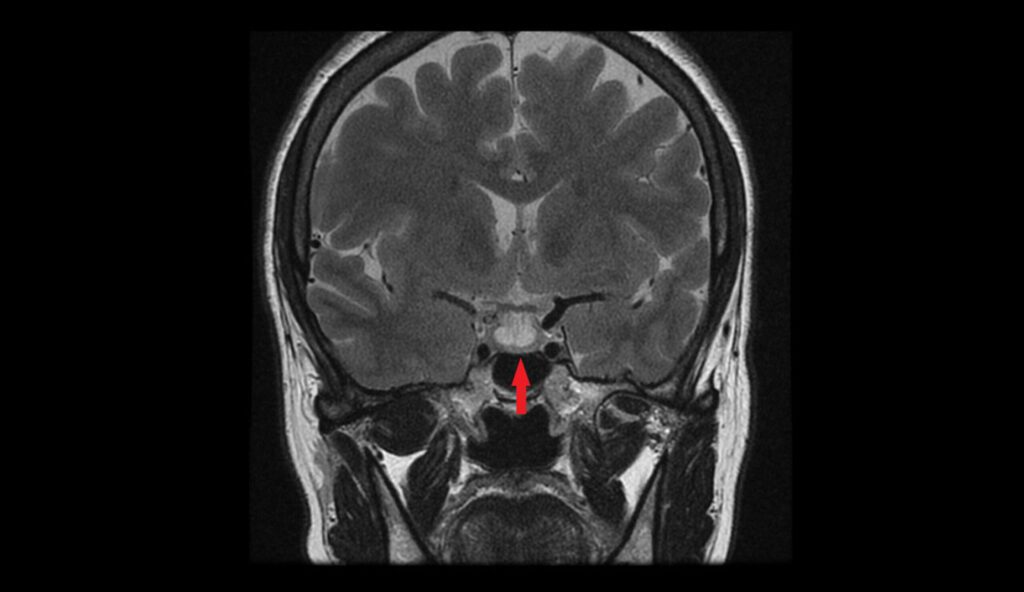
Probing Prolactin: When High Levels Raise Red Flags
We are excited to see so many of you join our FMEP courses. Several of...
0
Just a reminder… pay attention to the questions. Here are our general tips one more time:
1. Pay attention to the questions. Look carefully at how many items you are being asked to list. If the question asks for five items, you will not get more marks if you list eight items; the examiner will look at the first five and allocate marks only for the first five answers – so be careful. On a SAMP, if it is not clearly stated how many items you should list, look at the amount of points/marks being allocated for the question to get an idea of how many answers the examiner may be anticipating you write down.
2. Do not write lengthy answers. Most questions can be answered in 10 words or less!
3. Be specific when writing down investigations (hemoglobin instead of CBC; CT abdomen instead of CT).
4. Remember that trade names and generic names are both acceptable when writing down medications.
5. For more helpful tips, you can refer to CCFP’s SAMP instructions by clicking here.
SAMP
Alissa Johnson, a 42 year old woman, comes in to see you with a six-week history of generalized body aches. The majority of the pain is localized to her hands and knees. She reports morning stiffness that lasts 55 minutes. Her symptoms have caused a significant disruption in her life as she is not able to care for her kids like she used to. She has also taken time off work from the hospital where she works as an ICU nurse. She has smoked 1/2 pack for the past 20 years and drinks socially (1-2 glasses of wine per week). She has tried Acetaminophen for her pain but has found little relief. On examination, BP 128/77, HR 76, and T 36.8°C. You note swelling of her metacarpophalangeal and proximal interphalangeal joints. The rest of her examination is unremarkable. (10 points)
1. List three diagnoses that would be part of your differential diagnosis. (3 points)
2. You suspect early Rheumatoid Arthritis. What are two pharmacologic management options you could start while they are waiting to see a Rheumatologist? (2 points)
3. True or false: Rheumatoid arthritis is one of the most common types of inflammatory arthritis and is estimated to affect 1% of the population. (1 point)
4. True or false: Rheumatoid arthritis is three times more common in men than in women. (1 point)
5. Alissa sees the Rheumatologist and is diagnosed with Rheumatoid Arthritis and started on appropriate therapy. What topics would you like to discuss when she comes for her follow-up (hint: think preventative care)? (3 points)